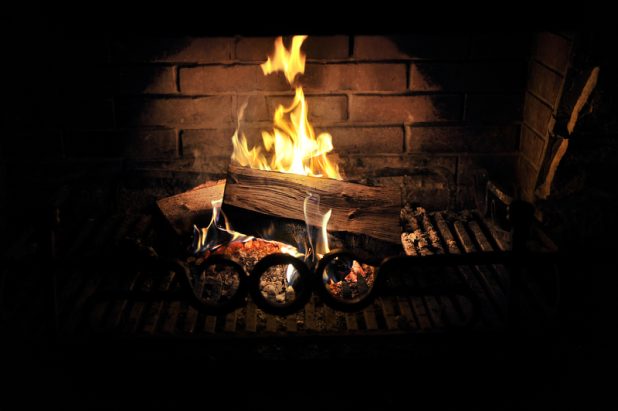The Rabla program for subsidizing stoves, recently announced by the Ministry of the Environment, Water and Forests (MMAP) puts the cart before the horse, being an inappropriate program, difficult to apply and which has an obvious purpose to promote the sale of stoves, not to help vulnerable consumers, warns Dumitru Chisăliță, president of the Intelligent Energy Association (AEI).
“Yesterday (Wednesday, January 17 – e.n.) the program of the Ministry of the Environment ‘Rabla for stoves’ was launched. A new program that will put the ‘cart before the horse’, an inadequate program, difficult to apply and which has an obvious aim to promote selling stoves, not helping vulnerable consumers. After a 10-year activity as an energy auditor in which I performed about 2,500 energy audits of buildings, including in rural areas, after a four-year activity of electrifying buildings in isolated villages of Romania, which do not have electricity, after the experience of donating firewood to vulnerable people, to warm themselves this winter within the Houses with Heat Project, I consider myself an expert of Romanian realities. Thus, I appreciate that this project does not is one to help vulnerable people in rural areas, in areas where wood is used for heating. The ‘Rabla for stoves’ program can only be accessed if the existing stoves are replaced with stoves with a minimum efficiency of 80% and emissions of organic compounds that are below 120 grams. The requirement of the program is that the stoves have a nominal power of a minimum of 8 kW and a maximum of 30 kW,” says the specialist, in a point of view quoted by Agerpres.
In the view of the AEI president, the “Rabla for Stoves” Program absurdly does not allow the purchase of smaller stoves, with lower prices, lower consumption and reduced noxes.
“Any investment in the rehabilitation of a building begins with the implementation of measures to reduce energy losses and only later with the purchase of those stoves that will be sized according to the heat requirement after eliminating the losses. Any other approach leads to unnecessary expenses for high-power stoves, which you no longer need after you rehabilitate a building. In other words, old people’s houses located in mountain areas generally have surfaces of 50-60 square meters, 2-3 rooms and an energy class of type E-F (ie 245 – 500 kWh/m2 and year).Thus, a specific case, a 60 square meter building with 3 rooms and a kitchen, located in energy class E, consumes about 14,200 kWh/year, being necessary to provide heating with wood for four stoves with a power of 6 kW, with an efficiency of 30% or four stoves with a power of 4.5 kW, with an efficiency of 80%,” explains the specialist.
The expert’s analysis also touches on the issue of the economy that would be achieved through this measure, in the situation where all the wood used is hardwood, with a moisture content of 12%. Thus, the amount of wood consumed in the current stoves of the mentioned house is about 6.7 cubic meters (beech), and after changing the stoves with an efficiency of 80%, the amount consumed will be about 5.8 cubic meters, the equivalent of a saving of about 0 .9 m3/household.
According to the cited source, the saving of firewood achieved at the level of the 50,000 households in the “Rabla for Stoves” Program will result in a reduction of wood consumption by 45,000 m3/year (0.6% of officially consumed wood), the reduction of deforestation of about 22 hectares of forest, reducing costs paid by a household by about 360 lei/year (13%), reducing air emissions by about 36 million kg of CO2 (0.7%).
“The conditions imposed by the program force the consumer to purchase larger stoves and have higher costs (for our example, the costs imposed on the beneficiary by forcing the stove to be at least 8 kW, costs are 30% higher (about 3,000 lei in the situation It is, however, abnormal not to start a program to help vulnerable consumers and energy efficiency, with the reduction of energy losses, which are around 50-60% in rural homes, and to give money on stoves that will produce heat that is lost to the outside In our example, the analyzed house, if it is rehabilitated in energy class B, would consume 5,300 kWh/year, four 2.5 kW stoves being needed to provide heating with wood, with a yield of 80%. The ‘Rabla for stoves’ program is to be applied only to beneficiaries who are also owners. It is known that, except for Transylvania, where the Land Registry existed, in many areas of Romania there is no CF to prove that the tenant is the owner and thus the access of some beneficiaries to the program is limited,” Dumitru Chisăliță also stated.
